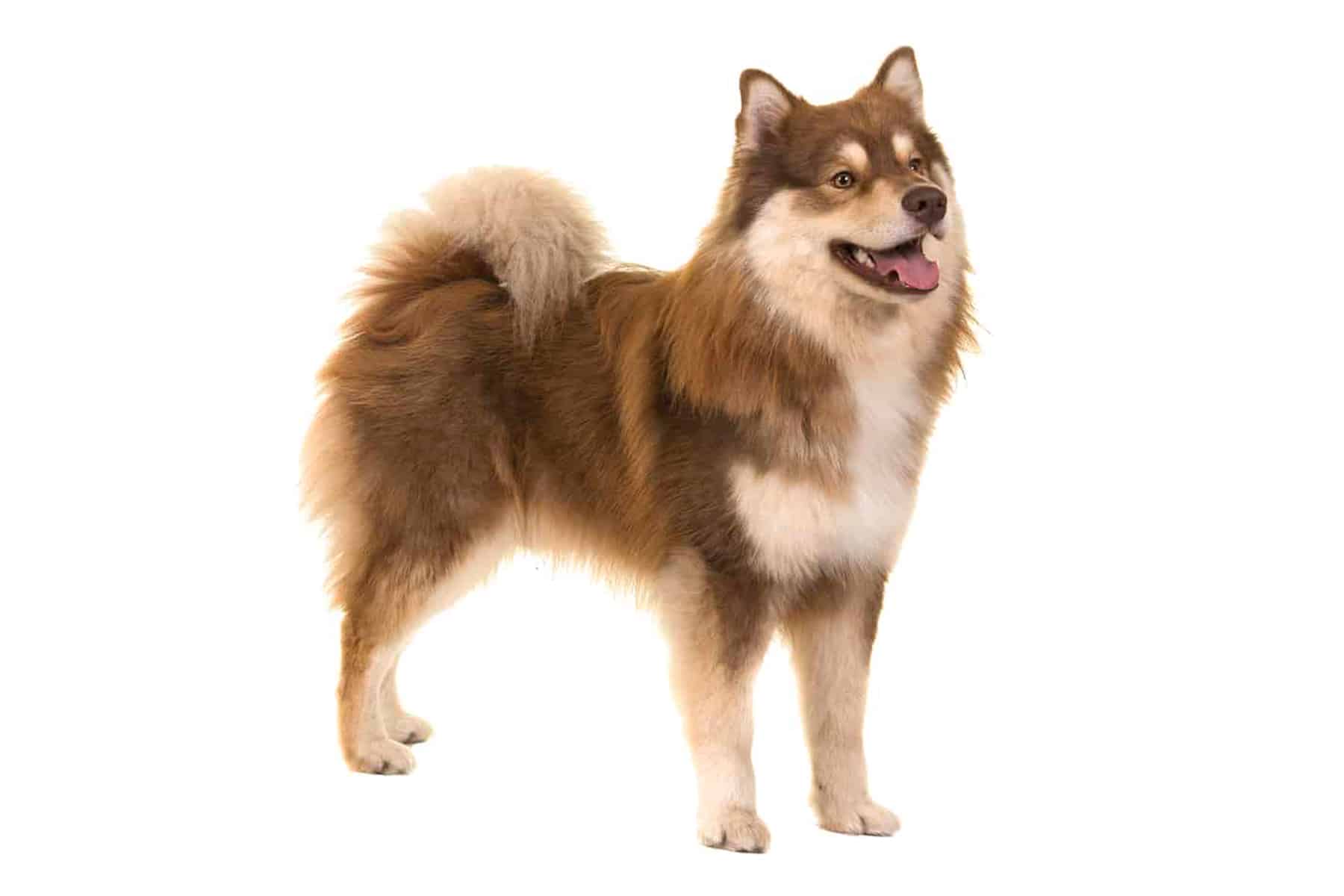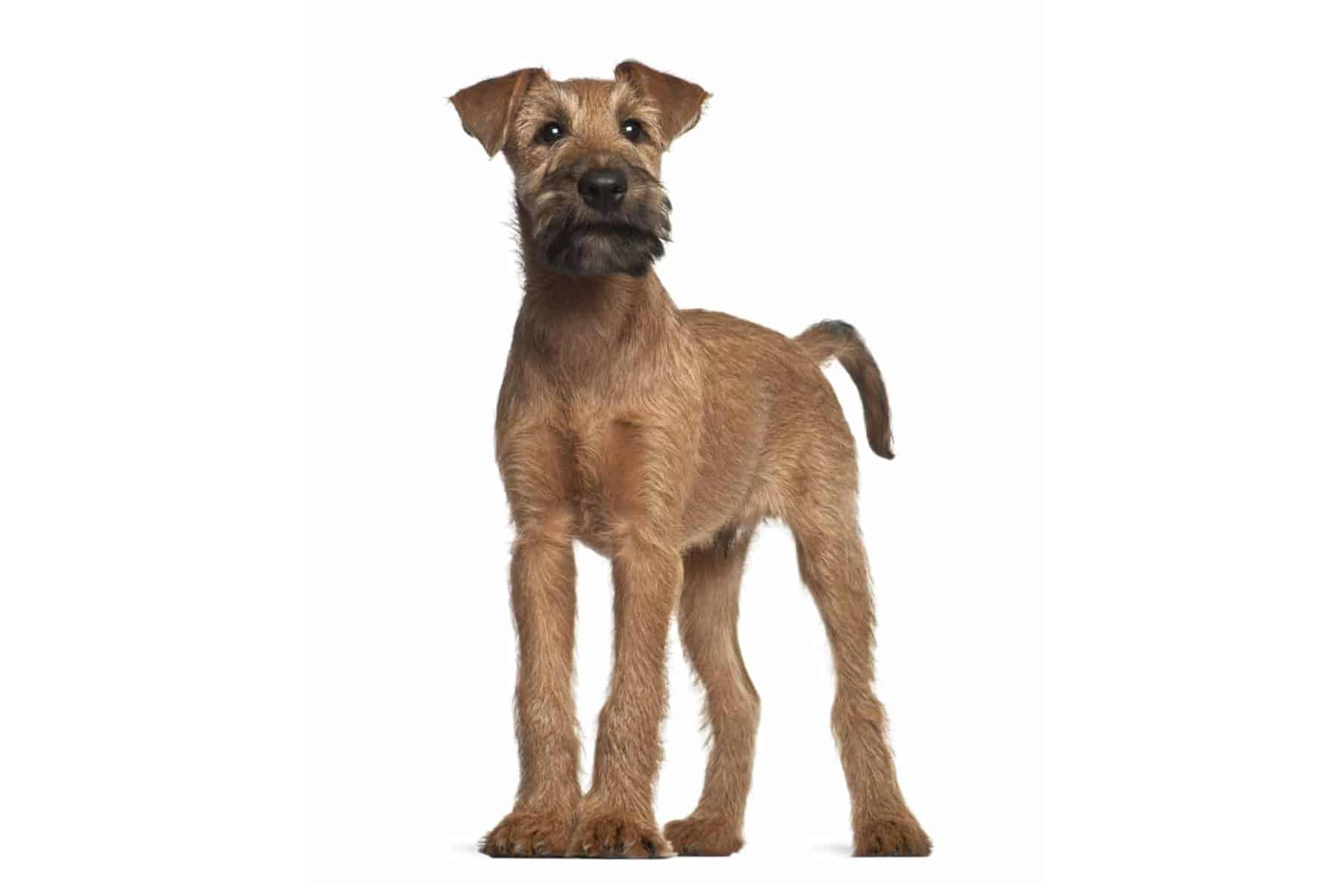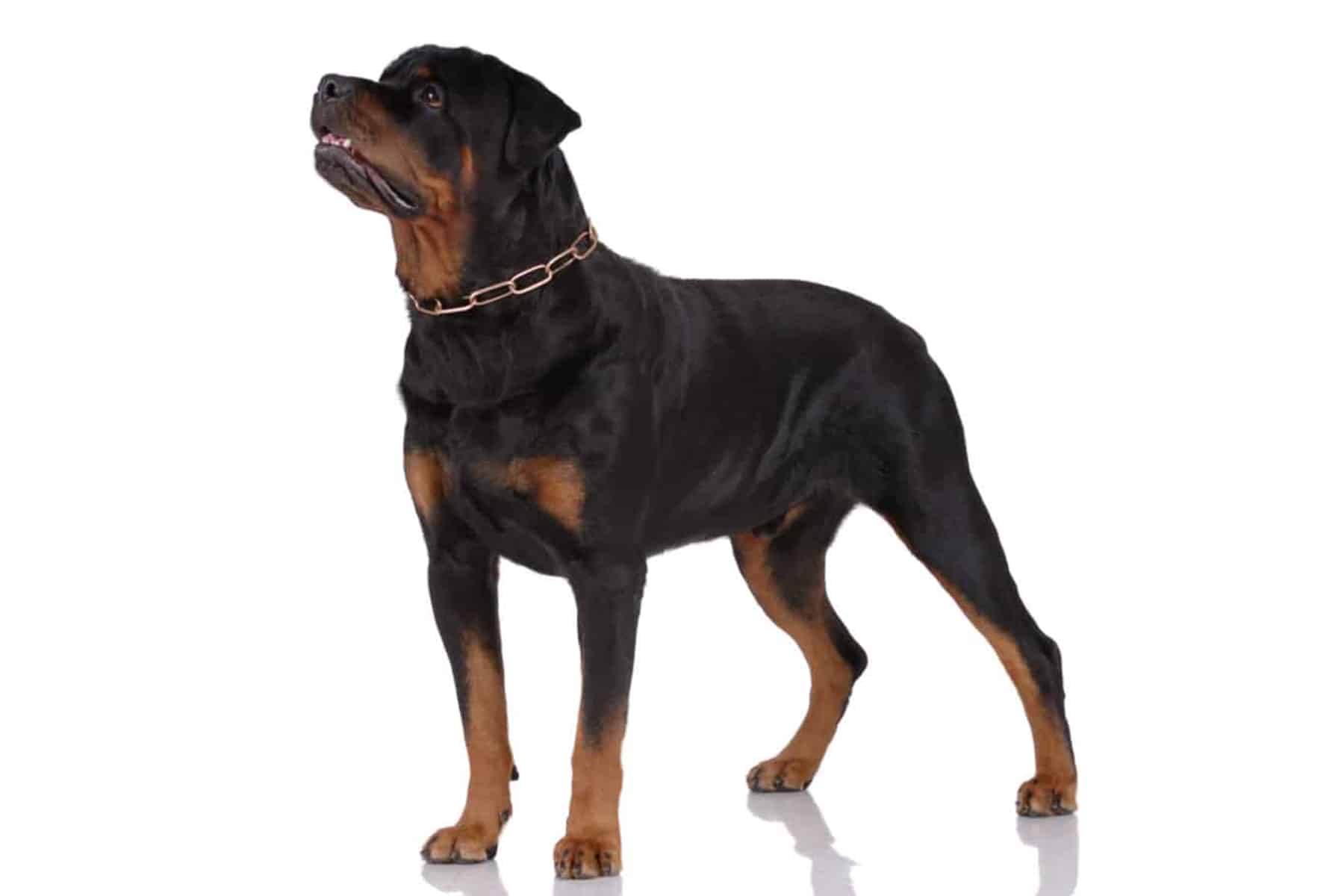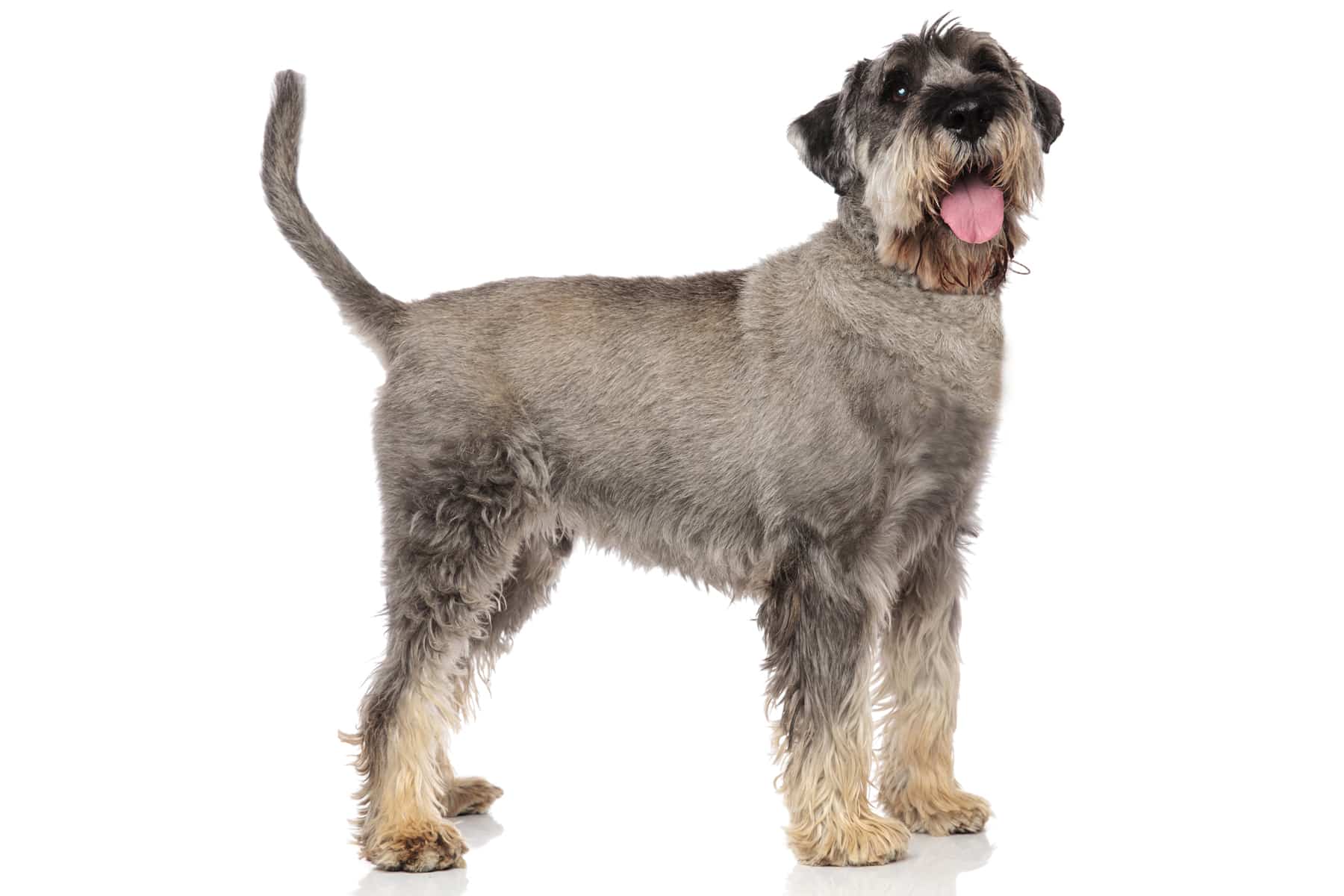Labradoodle
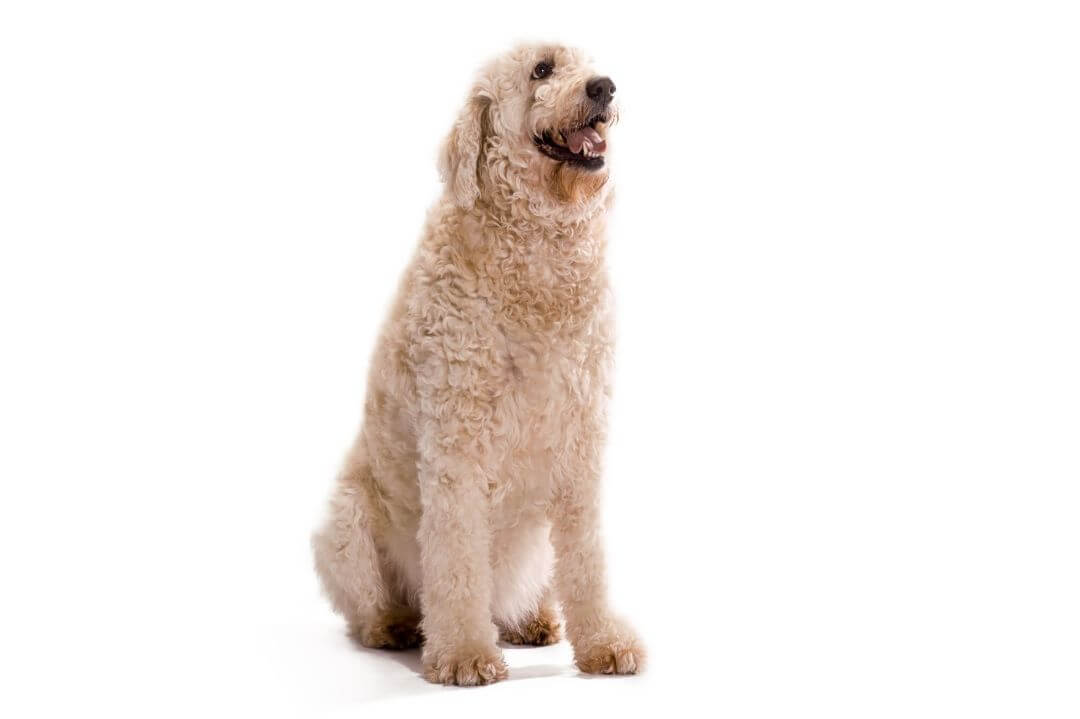
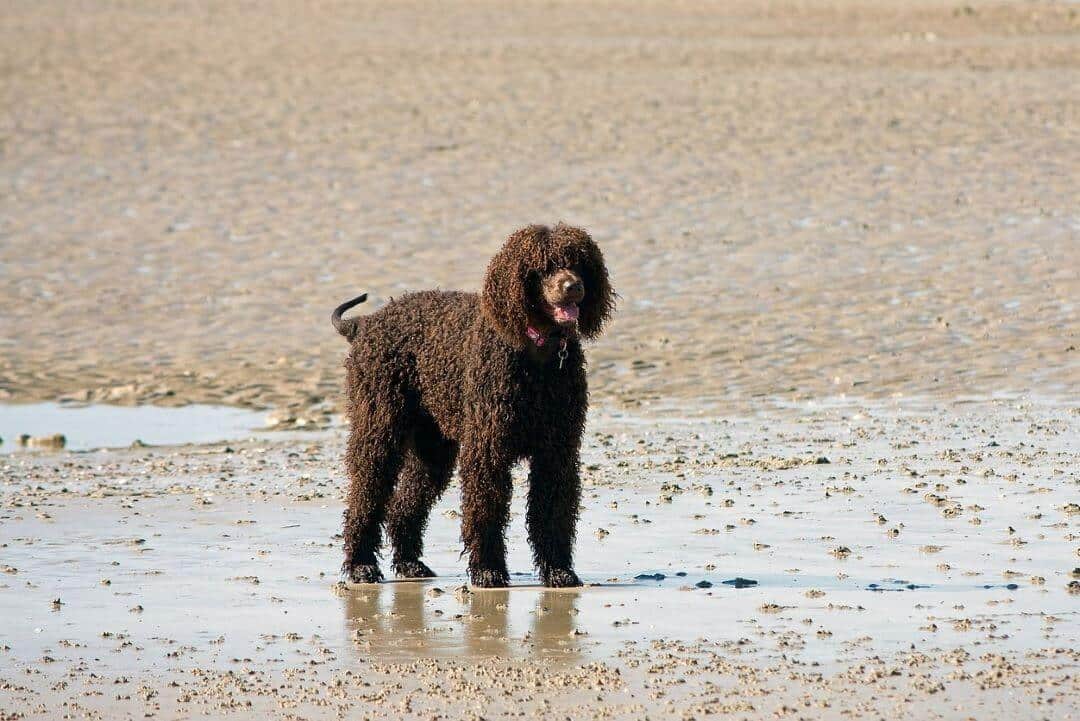
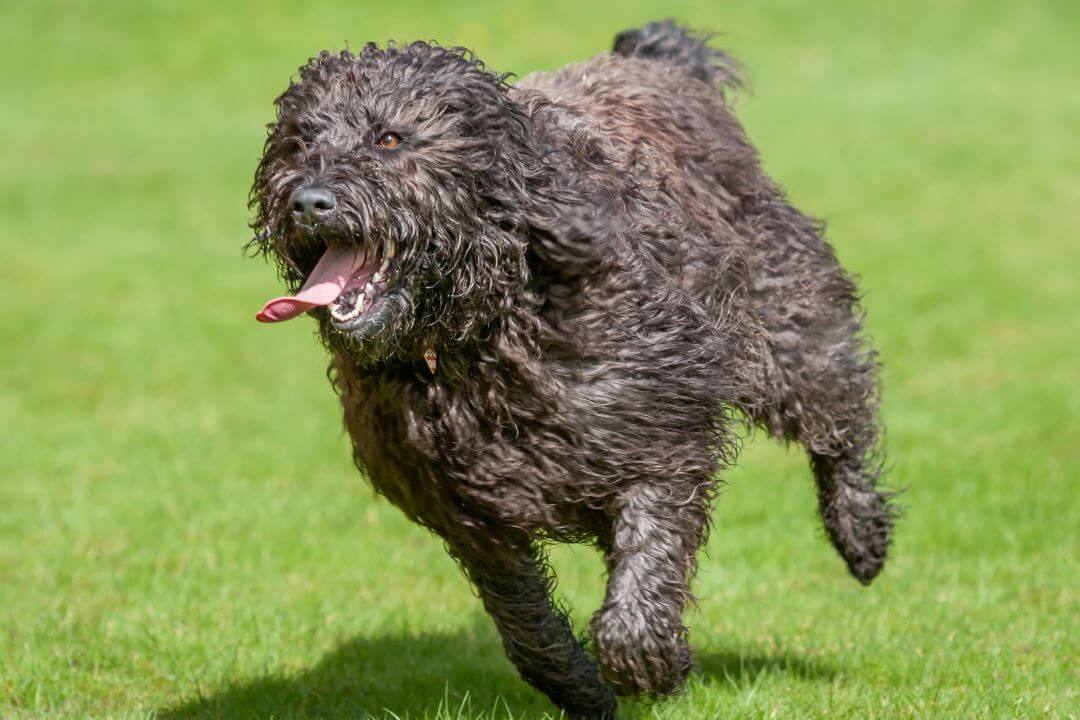
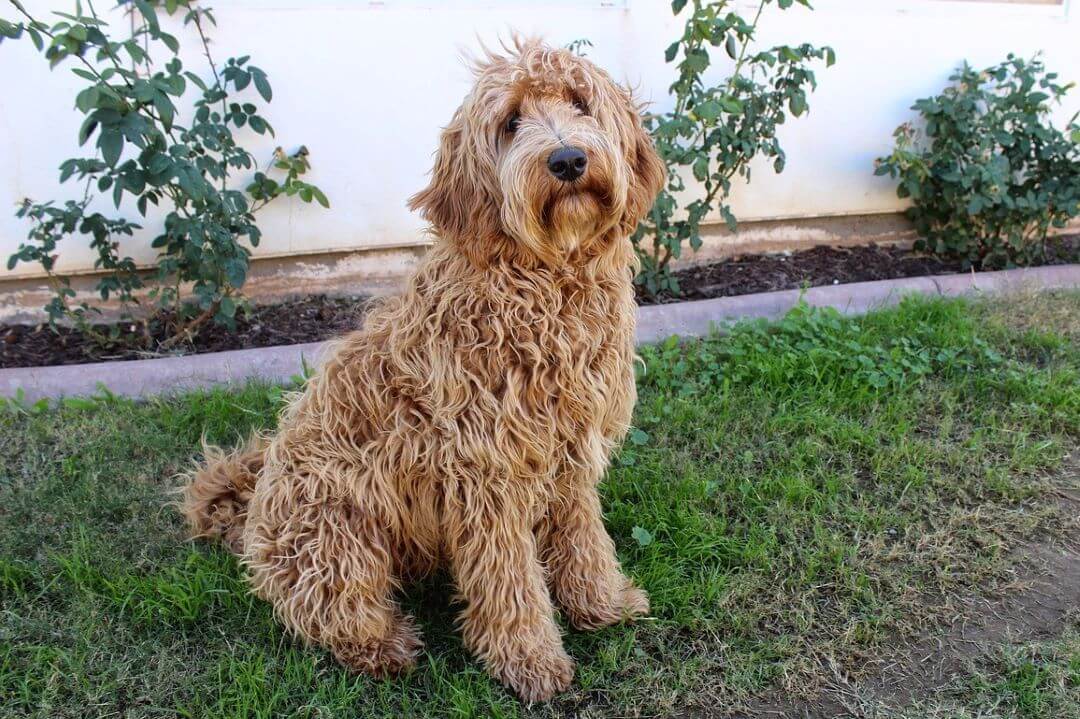
Temperament:
As the name suggests, the Labradoodle combines many of the positive characteristics of the intelligent and allergy-friendly Poodle with the obedient nature of the Labrador. Its loyal and friendly character makes it the ideal family dog for children and adults.
Characteristics
Because of their sunny and obedient nature, poodle or doodle crosses are becoming increasingly popular. In these hybrid breeds, external features and character traits can vary greatly.
The Labradoodle is a cross between a Labrador and a large poodle. They reach a height of approx. 53-65 cm with a weight of 27-40 kg. As there is currently no official breed standard, the definition of the breed is sometimes interpreted differently. Some see the Labradoodle as a cross between the Labrador and the various poodle sizes. In this case, the four-legged friends naturally also differ significantly in size and weight.
Their characteristic coat is usually fluffy and curly. However, other coat structures are also possible. Labradoodles can have a smooth, wiry or wavy coat. All colors from creamy white, brown, apricot, golden to black can occur. Depending on the coat structure, they shed little or no fur. Labradoodles are therefore suitable for many allergy sufferers. Before buying, however, it should be tested whether an allergic reaction is triggered.
With its teddy face, inquisitive beady eyes and small to medium-sized floppy ears, the Labradoodle has a friendly and alert appearance. The long legs make the body appear slim and agile despite the fluffy coat.
Coat care:
Shedding:
Energy level:
Trainability:
Children suitable:
The right food
When choosing food, make sure that it contains high-quality ingredients, is balanced and meets your dog's requirements. Age, size or weight, activity and health status play an important role. You should follow the manufacturer's recommendations for the amount of food.
Treats should only be fed in moderation and deducted from the basic diet to avoid obesity.
Puppies can be fed 4-6 times a day. The number of meals should be gradually reduced to 2 per day until the dog is fully grown. A rest period should be observed after meals.
Fresh drinking water should be available at all times.
Health & Care
The great advantage of this breed is that it sheds little or no hair, which requires a certain amount of additional grooming. To prevent your Labradoodle's coat from matting, you should brush and comb it regularly. If you get your dog used to regular grooming as a puppy, daily brushing will be much less stressful for both dog and human.
The coat can develop into different structures. Almost smooth or rough coats through to curly coats are possible. Wavy and curly coats need a lot of care. This is because these dogs shed less hair than their counterparts with smoother coats.
Every 6-8 weeks, especially in summer, it is advisable to trim the coat back a little so that it does not become too long. As dogs with hanging ears, Labradoodles are also prone to ear infections. Therefore, the coat in front of the ears and in the pinna should be trimmed regularly to ensure good ventilation.
Suitable accessories
A high-maintenance coat needs a lot of attention. That's why you should definitely invest in a high-quality brush. A dog comb and scissors for shortening long sections of hair can also be very helpful for grooming.
Poodles are considered to be very intelligent dogs, and Labradors generally learn new things quickly and easily. Crossbreeding with the Labradoodle has created an intelligent and adaptive dog that gets bored quickly. In addition to physical activities such as walks, agility training or retrieving, you should also challenge your dog mentally. Educational toys that your Labradoodle can use to keep himself busy are suitable for this.
To prevent plaque and gum problems, you can make dental care playful with suitable chew sticks and other chew items and make your dog happy at the same time. Or you can brush your Labradoodle's teeth regularly. You will need a dog toothbrush and toothpaste for this. Start when he is still a puppy so that he has enough time to get used to brushing his teeth.
Other accessories that are part of every dog's basic equipment: collar or harness with lead, dog basket or dog mat as a place to retreat to, water and food bowl, tick tweezers, claw clippers, mild dog shampoo, transport box for transportation in the car and a first aid kit. It's best to ask your vet what should be in the first aid kit.
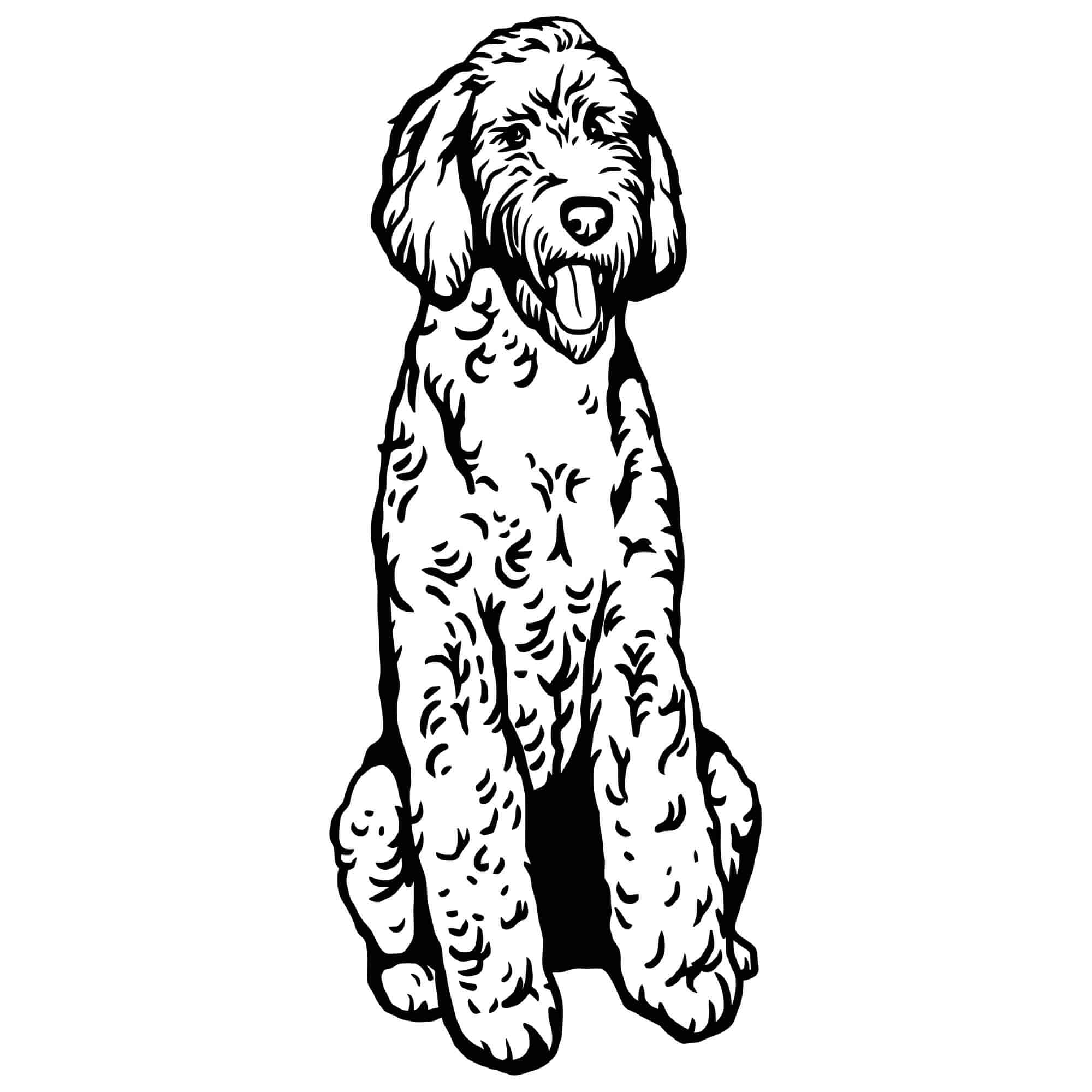
Origin & History
The Labradoodle is a relatively young dog breed. It was not until the end of the 1990s that the first deliberate cross between Labrador and Poodle was bred in Australia. A guide dog club had deliberately crossed Poodles and Labradors. The background to this was the following problem: a woman who was dependent on a guide dog was unable to keep a Labrador due to her husband's allergy to dog hair.
An allergy-friendly guide dog for the blind had to be developed. And indeed, her husband was not allergic to the Labradoodle's coat. With this new perspective, the Labradoodle could be used as a therapy dog in various areas. And without triggering allergic reactions. There are now several breeders in Germany who have specialized in this new breed.
In Germany, the breed is not yet recognized by the breeding associations. Strictly speaking, it is therefore still a mixed-breed dog. Only the so-called Australian Labradoodle is at least recognized by American breeding associations. The breed is very popular with breeders and families. So it shouldn't be long before the Labradoodle is finally recognized as a breed in Germany.
